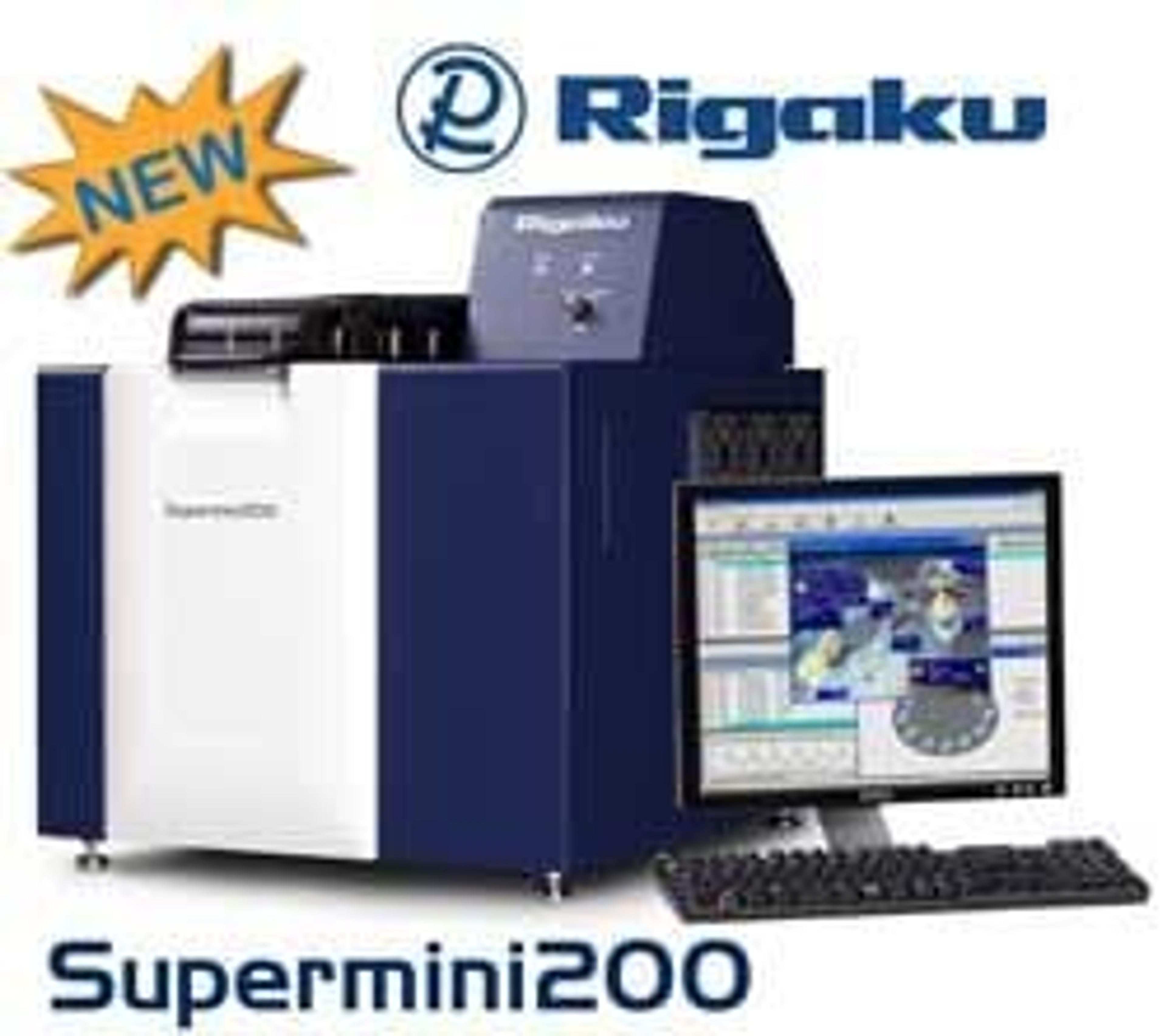Rigaku Publishes New Method for Quantitative Elemental Analysis of Low-Alloy Steel on a Benchtop WDXRF Spectrometer
Rigaku Publishes New Method for Quantitative Elemental Analysis of Low-Alloy Steel on a Benchtop WDXRF Spectrometer
26 Jan 2016Rigaku Corporation has published a new application report describing the analysis of low-alloy steel using a benchtop Wavelength Dispersive X-Ray Fluoresce (WDXRF) spectrometer.
Rigaku Application Note # XRF 1042 details the quantitative analysis of elements in low-alloy steels, with complete information regarding sample preparation, method calibration and repeatability. The report highlights the performance of the Rigaku Supermini200 WDXRF analyzer.
Alloy steel is amalgamated with various elements to improve its mechanical properties. Steels comprised of up to 8% alloying elements are called low-alloy steels. Low-alloy steels are typically designed to achieve better hardenability. Their mechanical properties are determined by the concentrations of the different elements added to the steel, some of which are at very low levels.
The concentrations of elements in molten steel are adjusted during the steel making process, typically in electric furnaces. Rapid analysis of the elemental composition is therefore essential. As part of the control process, analyses of slag and raw materials such as quicklime and ferroalloys are also required. X-ray fluorescence spectrometers are routinely employed due to their rapid analysis capabilities and their ability to measure both bulk metal and powders.
The analysis of low-alloy steel described in the new application note from Rigaku was carried out using the Supermini200 WDXRF spectrometer, which is optimized for process control. The unit offers special resolution and light element sensitivity and is equipped with a high-power air-cooled 200-watt X-ray tube, delivering 4 to 6 times higher sensitivity than a 50-watt model and enabling XRF analysis with better precision.
For the analysis detailed in the report, certified standard reference materials of low-alloy steel provided by NIST and JSS (Japan Steel Standard) were used to establish the calibration, and measurements were performed using the Supermini200 with a 200 watt Pd target X-ray tube.
The results show that high precision and accurate analysis of the elements in low-alloy steel can be rapidly performed via this method using the Supermini200 benchtop WDXRF spectrometer. For process control, analysis of high alloys such as stainless steel and nickel alloy, including the analyses of slag and ferroalloys, can also be performed using the Supermini200 spectrometer.

